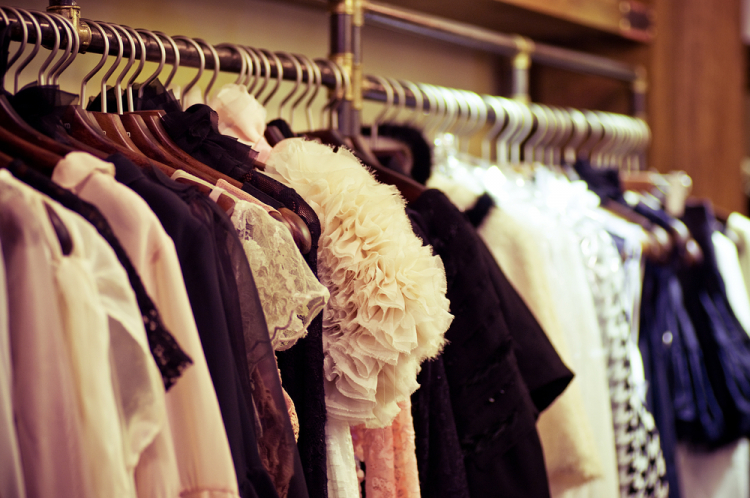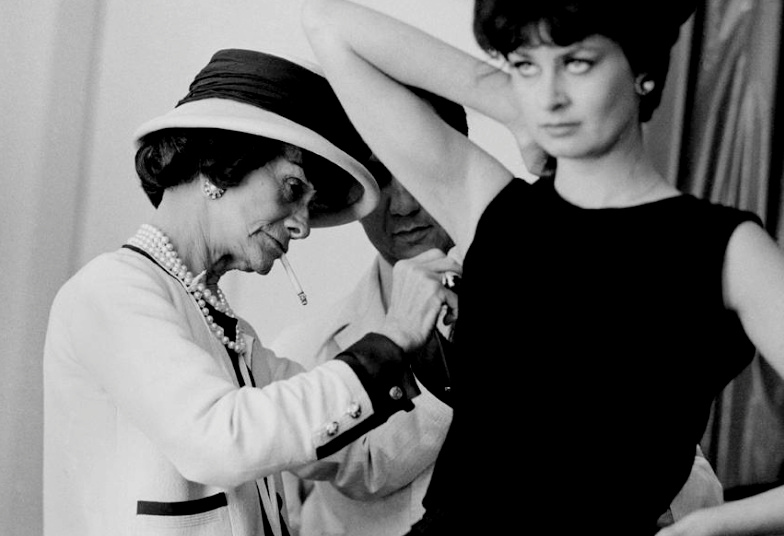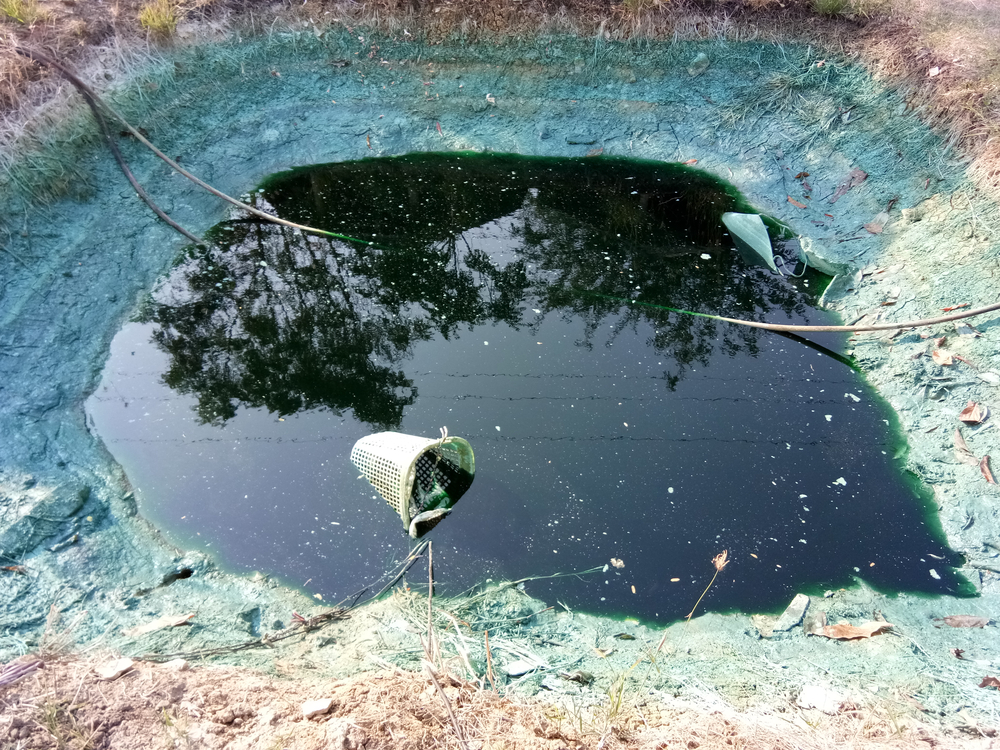JUST STOP AND REWIND

A long time ago, after she completed high school, a young girl decided to work in fashion. She was fascinated by the handcraft, the traditions and cultures woven into each piece, the beautiful fabrics, the endless creativity and most of all, the garment’s ability to tell a story, making the person who wears the clothes part of it. For her, fashion was always more than just something you wear – I was this girl.
“Fashion is not something that exists in dresses only. Fashion is in the sky, in the street, fashion has to do with ideas, the way we live, what is happening,” said fashion icon, Coco Chanel, once summing up my approach to this field. The legendary designer shaped our understanding of fashion leading the path towards emancipation in our clothes post-World War I with the liberation of the corset.
She and the heritage of a few other fashion houses like Dior, Balenciaga, Burberry or Prada have lived for decades. Their contribution to fashion, in the sense of the field as an art form, is still present and valid, albeit seemingly out of reach for the designers of our time. When looking at the runway shows of today, we see mainly reinterpretations of clothes, materials, cuts, inspirations and creations we have seen already; there is nothing new, nothing revolutionary.
Image Credit: Flickr/ Kristine
So what happened to the fashion world? After studying fashion journalism and working in the field, I sadly had to realize that my perfect image of this industry is an illusion with a questionable value system. Money trumps humanity and environmental capital and prestige trumps creativity...profit trumps authenticity, globalization trumps tradition.
But is this the world we want to live in? Is this the system we want to support with our purchases? Do we have to give up on fashion? Can’t we just find a balanced way?
The practice of ethical fashion is an attempt in the right direction. Instead of exploiting the people in the supply chain who make our clothes and overusing and polluting our environment, ethical fashion limits the harm of the industry on humans and the earth. In an ideal world, this would not be an exception and a philosophy of a smaller group, it would be the norm, something we would not even have to talk about.
But let’s be serious – for the moment, I and all the other people fighting for ethics, sustainability, transparency and more fairness in the fashion industry can only continue dreaming of a better system without the suffering. But while helping to raise awareness for the issues of the industry – bad working conditions, no guaranteed living wages, environmental pollution, waste and overuse of resources, the use chemicals and so on – and especially conversations with activists in the field like Frida Ottesen (read my latest interview on her and her insight in the garment industry) it occurred more and more, that ultimately ethical fashion supports the same “profit-oriented” system.
Ultimately, ethical 'conscious’ fashion is a long overdue necessity in order of doing the right thing, but it’s a temporary approach and not a solution for the negative consequences of our human impact on the environment. John R. Ehrenfeld is the former director of the MIT Program on Technology, Business and Environment who has an important voice in the field of sustainability. He comes up with a very interesting notion, "... the fashion industry, like all other sectors, should not label any of its sustain-efficient actions as producing sustainability, saying instead only that they are reducing unsustainability.“ Taking his quote and focusing on the environmental aspects of the issues with fashion, the overall solution needs to be – reduce, reuse, recycle – what can be translated in restricting the idea of "new.”
Everything we do has an impact on this world and all living beings, whether it be a positive or negative consequence. And when it comes to fashion and it’s responsibility in the current global environmental issues, we have to finally admit that there are just too many garments – in the production, in the stores, in our wardrobe. We have so many things, things we don’t need, care about and hold little value to. So in order to make a real change, shouldn't the overall motto be “buy less” instead of “buy green”? Don’t we need slow consumerism instead of fast consumption?
Water pollution caused by garment dying. Image Credit: Shutterstock/ Kanghophoto
I don’t want to 'ban’ fashion and point at everybody who likes shopping, but we finally need to realize that it is in our hands how we rebuild a relationship with our garments. We don’t have to be dictated by the current, but outdated fashion system fulfilling the industry made up desires of passive consumers following one trend after the next one while knowing nothing about the fabrics, the material, the overall production and the places our garments traveled already without us. It starts with you and your existing wardrobe at home. Let’s become part of the story again.
Step-by-step, I slowly bring together all the pieces within my wardrobe starting to value my garments more and more. Furthermore, I committed to an overall limited conscious approach towards shopping in order to make the perfect fashion illusion a reality again - with precious existing clothes and from now and then conscious chosen new pieces. Because there are still those who value fashion as a handcraft, as a pool of creativity and a beautiful storyteller; we just have to dig deeper, look closer and choose to be more selective to discover the pieces we really can fall in love with again – and maybe our greatest infatuation is already in the back of our wardrobes, already waiting for us to finally re-meet them.
Get inspired by Laura François and her TedxPenangRoad talk “Falling in love with our clothing can save the planet”:
http://laurafrancois.com/tedx-penang-road-2017/









